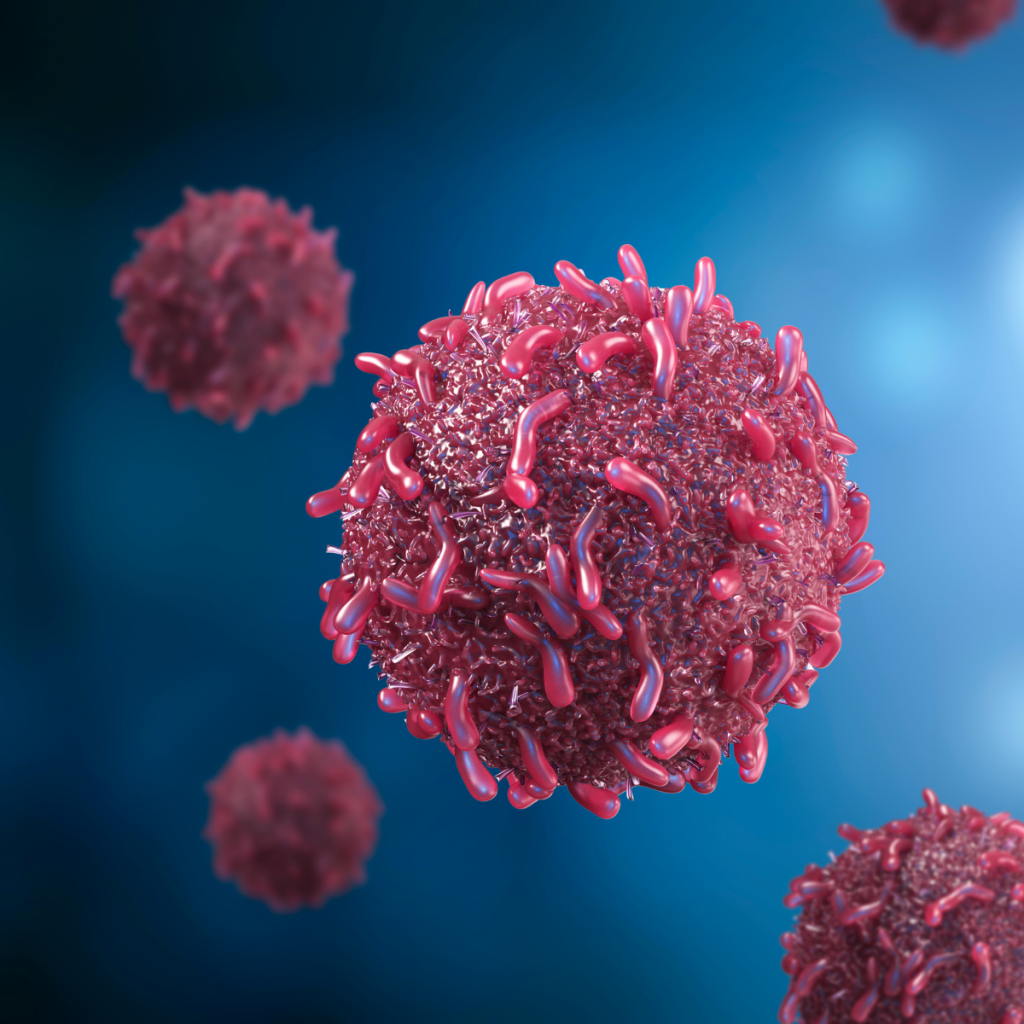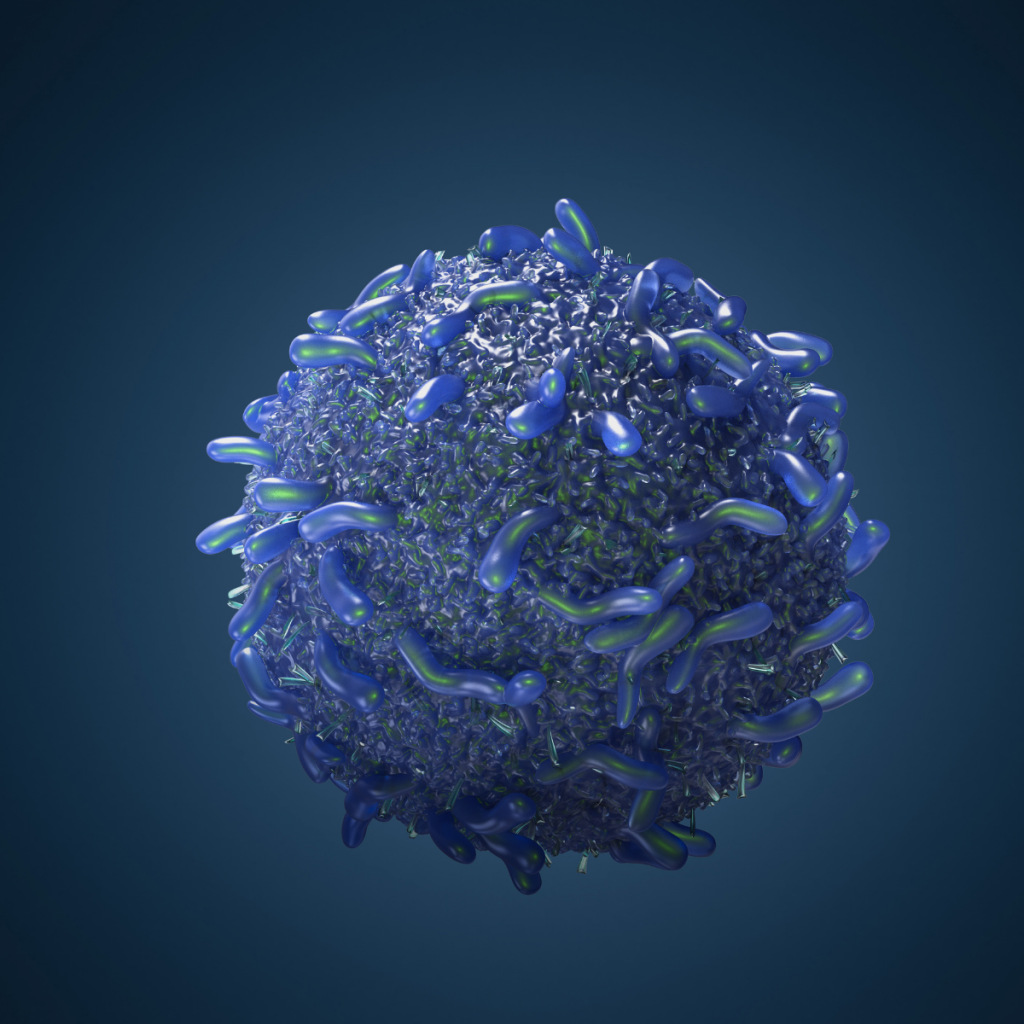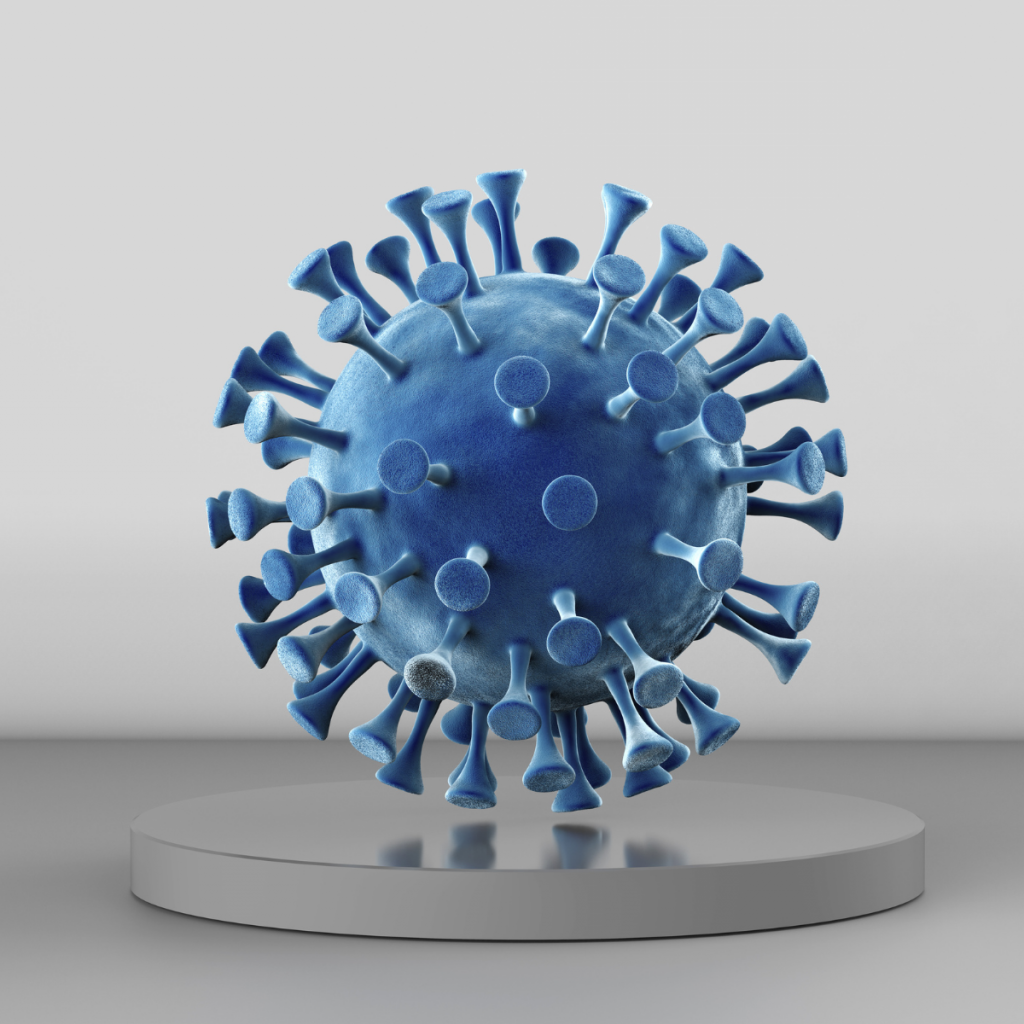Cancer is a complex disease characterized by the uncontrolled growth and spread of abnormal cells in the body. These rogue cells can invade surrounding tissues, disrupt normal bodily functions, and form tumors. If left untreated, the disease can progress to advanced stages, severely impacting health and quality of life. Understanding its origins, recognizing early warning signals, and seeking timely medical intervention are essential steps in combating this potentially life-threatening condition.
What Causes Cancer?
The causes of cancer stem from a variety of factors, both internal and external, that trigger cellular changes. Below are some key contributors:

1. Genetic Mutations
Cancer often begins at the DNA level when mutations occur in specific genes. These mutations may disrupt normal cell processes, including growth, division, and repair. Genetic predisposition inherited from family members can increase the likelihood of developing certain types of cancer.
2. Lifestyle and Habits
Unhealthy lifestyle choices significantly contribute to cancer risk. Factors such as smoking, excessive alcohol consumption, and poor dietary habits can lead to cellular damage over time. Tobacco use, in particular, is strongly linked to lung, throat, and oral cancers.
3. Environmental Carcinogens
Exposure to harmful environmental substances, like pollution, radiation, and chemicals, can play a critical role in cancer development. Occupational exposure to carcinogens, including asbestos, benzene, and pesticides, may heighten risk levels.
4. Viral and Bacterial Infections
Certain infections can trigger chronic inflammation or introduce oncogenic viruses that alter cell DNA. For instance, Human Papillomavirus (HPV) is closely associated with cervical cancer, while Hepatitis B and C viruses increase the risk of liver cancer.
5. Hormonal Imbalances
Abnormal hormone production or long-term hormone replacement therapy can create conditions conducive to cancer cell formation. Hormone-sensitive cancers, such as breast and prostate cancers, often arise from imbalances in estrogen or testosterone levels.
6. Weak Immune System
A compromised immune system may struggle to detect and destroy abnormal cells, allowing cancers to progress unchecked. Immunodeficiency conditions, including HIV/AIDS, can increase vulnerability to various malignancies.
How to Identify Early Signs of Cancer?
Detecting cancer at its earliest stage dramatically improves the chances of successful treatment. Being aware of the common symptoms allows individuals to take timely action and consult healthcare professionals. Below are the most notable signs:

1. Unexplained Weight Loss
Significant and unintentional weight loss, particularly when it occurs rapidly, may signal an underlying medical issue. Many cancers, including stomach, lung, and pancreatic cancer, cause metabolic changes that lead to sudden weight loss.
2. Persistent Fatigue
Ongoing fatigue that does not improve with rest can be an early indication of leukemia, colon cancer, or stomach cancer. This symptom often arises due to the body’s immune response or internal blood loss.
3. Changes in Skin Appearance
Alterations in skin color, texture, or new growths can point to melanoma or other skin cancers. Early signs include irregular moles, sores that do not heal, and the appearance of unusual lumps.
4. Unusual Bleeding
Abnormal bleeding or discharge from the body should never be ignored. For example, blood in the stool may indicate colon cancer, while coughing up blood may signal lung cancer. Post-menopausal bleeding in women warrants immediate medical attention.
5. Persistent Pain
Chronic, unexplained pain that worsens over time can be a symptom of bone, ovarian, or pancreatic cancer. Pain often occurs when tumors press against nerves, bones, or organs.
6. Changes in Bowel or Bladder Habits
Frequent constipation, diarrhea, or changes in stool appearance may signify colon or rectal cancer. Similarly, blood in urine, difficulty urinating, or changes in bladder frequency could indicate bladder or prostate cancer.
7. Unexplained Lumps or Swelling
The presence of lumps in the breast, testicles, neck, or other parts of the body should be evaluated promptly. Lumps may represent tumors or swollen lymph nodes, which can signal cancerous growths.
8. Difficulty Swallowing
Struggling to swallow food or liquids, accompanied by throat pain, may suggest esophageal, throat, or stomach cancer. Symptoms often start mildly and worsen over time.
9. Chronic Cough or Voice Changes
A persistent cough lasting longer than three weeks, along with voice hoarseness, can indicate lung or throat cancer. If coupled with blood or chest pain, immediate evaluation is necessary.
10. Night Sweats and Fever
Unexplained fevers or excessive sweating, especially at night, are common in leukemia and lymphomas. These symptoms arise when the immune system attempts to combat abnormal cell growth.
The Importance of Early Detection
Early detection of cancer greatly improves treatment outcomes and survival rates. Regular health check-ups, screenings, and self-examinations play a pivotal role in identifying abnormalities before they progress. Diagnostic tools, including mammograms, colonoscopies, Pap smears, and CT scans, are invaluable for detecting cancer in its early stages.
Screening Tests for Common Cancers:
- Breast Cancer: Mammograms and self-examinations to detect lumps or tissue changes.
- Cervical Cancer: Pap smears and HPV tests to identify abnormal cervical cells.
- Colorectal Cancer: Colonoscopy or stool tests to detect polyps or blood.
- Prostate Cancer: PSA blood tests and rectal exams to monitor prostate changes.
- Lung Cancer: Low-dose CT scans for individuals with a history of heavy smoking.
Preventing Cancer: Steps to Reduce Risk
While not all cancers are preventable, taking proactive measures can minimize risk and promote long-term health. Below are effective strategies to reduce the chances of developing cancer:
1. Maintain a Healthy Diet
Adopting a balanced diet rich in fruits, vegetables, whole grains, and lean proteins supports overall health and reduces inflammation. Avoid processed foods, excessive sugar, and red meats.
2. Exercise Regularly
Regular physical activity strengthens the immune system, improves metabolism, and helps maintain a healthy weight. Aim for at least 30 minutes of moderate exercise five times a week.
3. Avoid Tobacco and Alcohol
Eliminating smoking and reducing alcohol intake lowers the risk of cancers affecting the lungs, liver, throat, and digestive system. Secondhand smoke exposure should also be avoided.
4. Protect Yourself from the Sun
Limiting UV exposure and using sunscreen prevent skin damage and reduce the risk of skin cancers like melanoma. Wearing protective clothing adds an extra layer of defense.
5. Get Vaccinated
Vaccines for HPV and Hepatitis B effectively protect against cancers linked to these infections. Discuss vaccination options with a healthcare provider for early protection.
6. Attend Regular Screenings
Routine health screenings ensure that abnormalities are detected early. Following screening guidelines for age, gender, and risk factors is crucial for timely diagnosis.
Final Thoughts on Cancer Awareness
Understanding cancer, its causes, and its early warning signs empowers individuals to take charge of their health. By recognizing unusual symptoms, maintaining a healthy lifestyle, and prioritizing regular screenings, the risk of advanced cancer can be significantly reduced. Education, awareness, and timely medical intervention remain the strongest weapons in the fight against this disease.

Take action today by listening to your body and seeking medical advice if you notice persistent or unexplained symptoms. Early detection can save lives and offer hope for a healthier future.

Leave a Reply